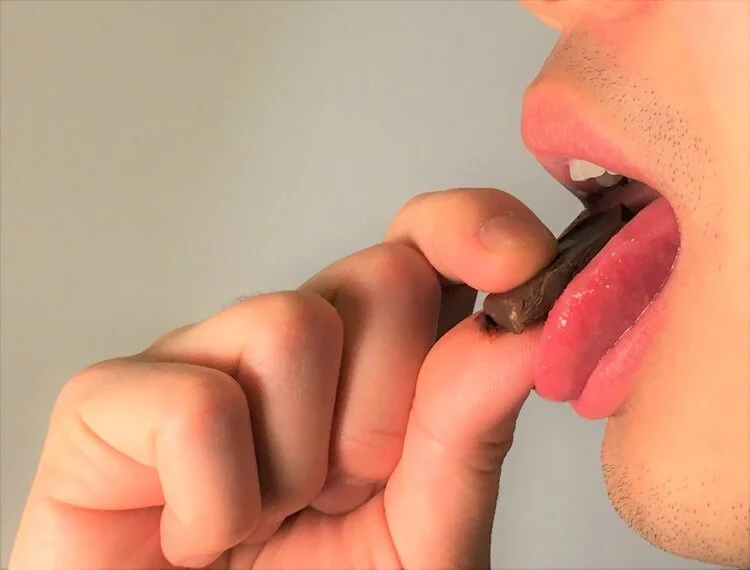Craft bean-to-bar chocolate tasting myths and chocolate tasting tips. Chocolate education.
Read MoreWhy is chocolate toxic to dogs, cats, rabbits, birds, and other animals?
Read MoreThe Dynamics of volatile aromas and non-volatile compounds in cocoa during fermentation and drying
Read MoreWhat main factors influence the flavour of fine cacao and chocolate? You may be surprised by some of the answers. Yes, roasting is one, but there are a couple underestimated factors as well. Is terroir a good reason why cacao and bean to bar chocolate tastes so different?
Read MoreA detailed look into what impacts the flavour of cacao and chocolate from genetics, to processing, to ingredients. It will also look into ways the flavour of chocolate can be analyzed.
Read MoreFine chocolate, unlike commercial chocolate, contains aromas such as pear, bread, and hazelnut. This is due to the volatile aroma molecules developed during processing. Take a peek into the flavour profile of one specific chocolate bar, Blanco de Criollo by Amedei.
Read MoreIt may be rude to make a lot of noise while you eat. Breathing heavily while your table guest is trying to enjoy their meal. However, research and mindful experience has taught us that mouth movements, mindful eating, and proper breathing techniques greatly enhance the flavour of our food.
Read MoreFlavour is created not only by taste and olfaction, but also by all our other senses. Sound, be it ambient or the sounds from our food or created while we eat, all have a profound impact on how we experience the flavour of our food. How does sound affect the flavour of chocolate?
Read MoreDark fine chocolate will contain aromas other than chocolate. Just as fine wine and coffee can be described with containing notes of cherry, wood, or roasted almond, fine dark chocolate can be explained in the same way. Where does this flavour come from? It's not added to the chocolate, its contained within the cacao seed, and is created and maintained through quality processing.
Read More








